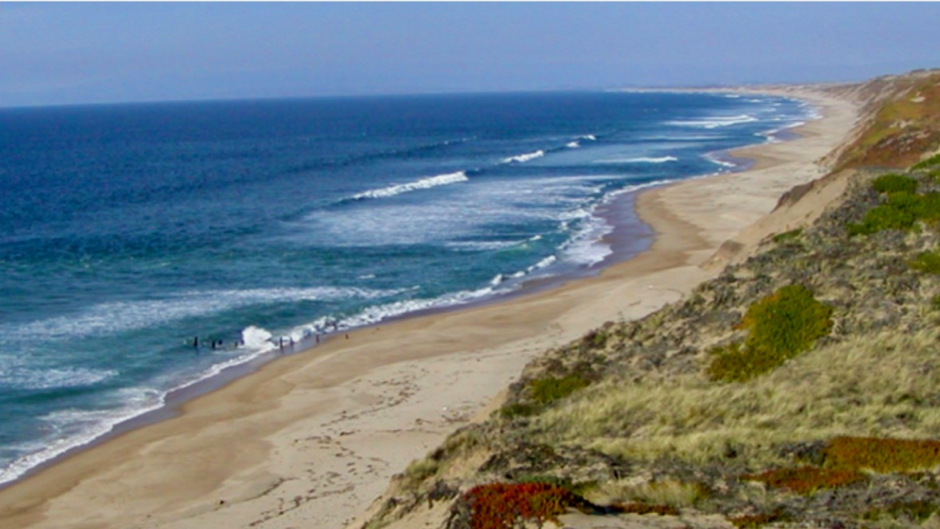A team of scientists at the University of Miami (UM) Rosenstiel School of Marine and Atmospheric Science will lead an in-depth collaborative study of coastal land-air-sea interactions, which may affect wind fields, storm surges and wave action.
“Although waves and winds behave differently in coastal areas than in the open ocean, there has been little research on those complex interactions to date,” said Brian K. Haus, professor and chair, Department of Ocean Sciences, and director of the Alfred C. Glassell Jr. SUSTAIN Laboratory. “This innovative study will gather data from a diverse network of sensing devices and instruments and supercomputers to build a robust new model of coastal physics.”
Haus is the lead investigator for the five-year project, “CLASI: The Coastal Land-Air-Sea Interaction Experiment,” funded by a $6.74 million grant from the Office of Naval Research. Other investigators from the Rosenstiel School are Hans Graber, professor of ocean sciences, and Neil Williams, associate scientist. Other researchers are from the Naval Postgraduate School, The Ohio State University, University of Minnesota and the Naval Research Laboratory.
The CLASI study, scheduled to begin fieldwork in spring 2021, will build on a two-week pilot project conducted in 2016 in Monterey Bay, California. “Our new observational campaign will provide continuous coordinated measurements of key parameters over the ocean, surf zone and land surface,” said Haus. “We want to understand the dynamics of winds and waves in the critical zone approximately 6 kilometers (3.7 miles) from the shoreline.”
A comprehensive experimental and modeling program, CLASI will focus on coastal conditions using a collection of Air-Sea Interaction Spar (ASIS) buoys, inner shelf spar buoys (I-SPAR) and coastal, land-based towers. This data will be supplemented with remotely sensed observations by satellite, X-band radar and drones from the UM Rosenstiel School’s Center for Southeastern Tropical Advanced Remote Sensing (CSTARS).
Using these sensing instruments, the researchers plan will return to Monterey Bay, whose diversity of coastal topography and strong wind and wave action will provide rich data for developing a new wind-field model.
Later in the project, the research team will conduct similar field experiments in Santa Rosa, Florida, on the Gulf of Mexico. “This locale is known for the prevalence of offshore winds, which occur regularly during frontal passages in the winter,” said Haus. “This region also has low-relief land-surface topography, which contrasts with Monterey Bay. The diversity of conditions will allow us to build out new “coast aware” approaches to nearshore forecasts”

